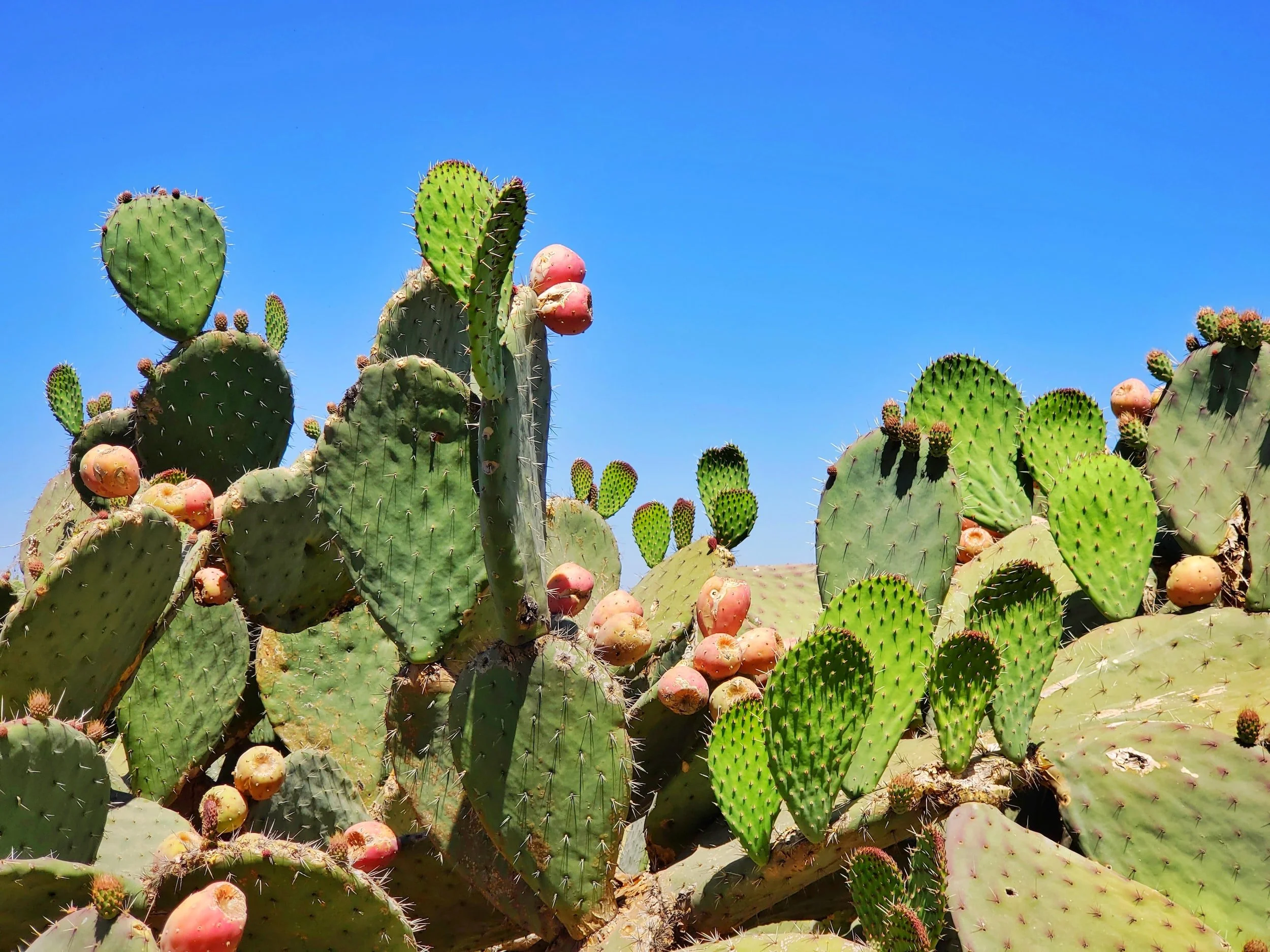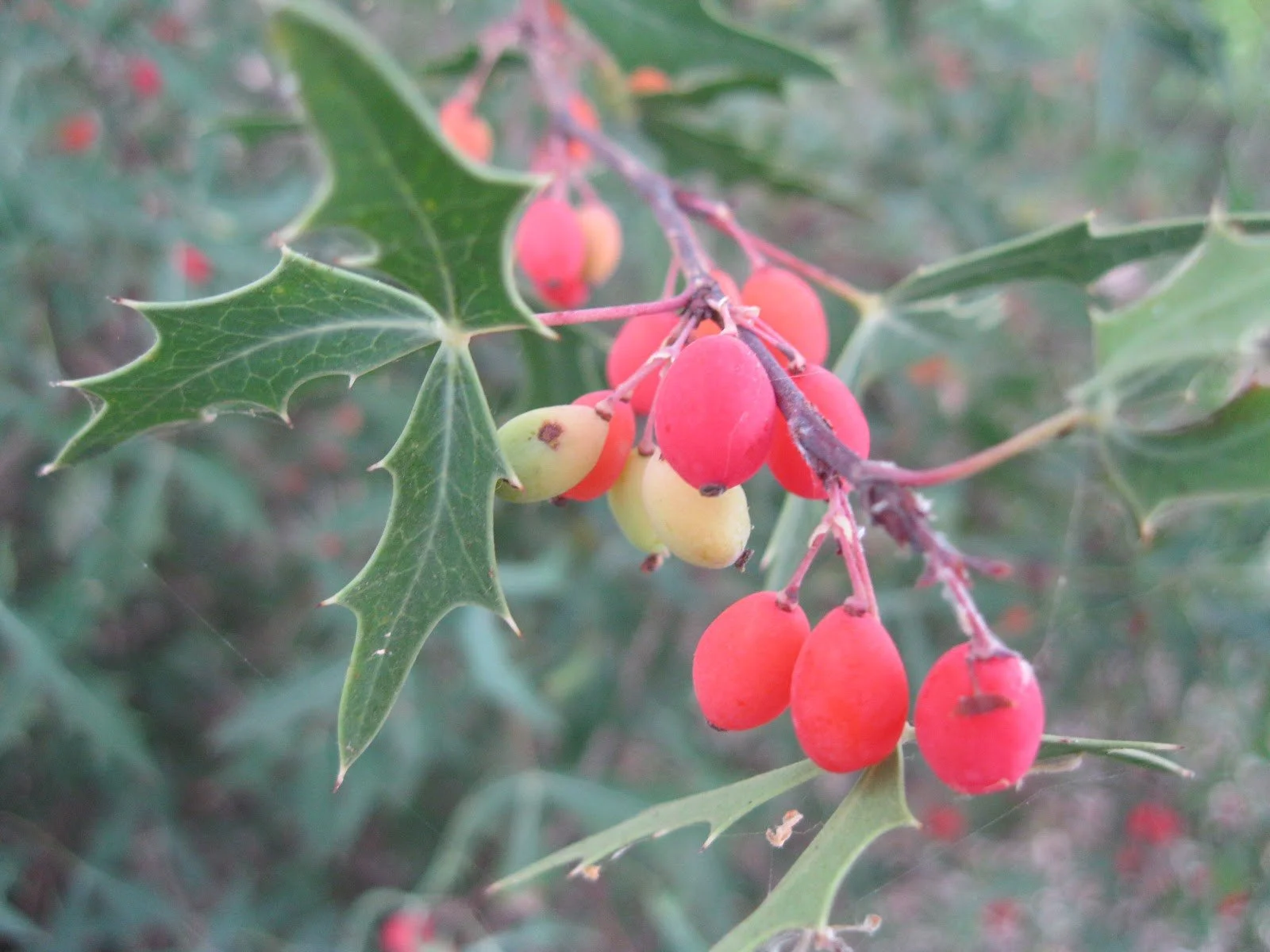Texas Plants You Didn’t Know You Could Eat
Discover > Texas Home Cooking > Foraging > Texas Plants You Didn’t Know You Could Eat
Howdy, welcome to TexasEats! The Lone Star State is home to some of the richest soil and the most diverse flora on the planet. While foraging may not be for everyone, dozens of weeds and other naturally-occurring plants require no upkeep to thrive in the Texan climate. Most people don’t add these plants to their diet because they have no idea they’re edible. So today we’re counting off ten native Texas plants you didn’t know you could eat.
Whether you’re planting them in your garden or wildcrafting, you should take the time to learn to tell edibles apart from the toxic species. Luckily for you, our list includes only plants that are easy to recognize and delicious, in addition to being plentiful in the state of Texas.
Top 5 Edible Native Texas Plants
1. Prickly Pear
It may take a real botanist to recognize a specific variety of prickly pear cacti, but they are all edible. A prickly pear is any flat cactus that produces white or pink flowers, which later grow into succulent fruit. There are a few techniques for gathering the prickly fruit, but we recommend the Texan way.
First use BBQ tongs to pick the fruit into a container. Then use a fork or knife to pick up each fruit and gently burn the needles off with a small propane torch.
Prickly pear is perfect for making jams, jellies, and syrup. You can also make a delicious semi-sweet wine that turns a golden-yellow color in around 12 months.
Check out this guide on how to prepare this fruit.
2. Dandelion
That's right, one of the most common and easily recognizable weeds is actually a delicious, healthy addition to a salad. You can eat the yellow petals raw after discarding the flower heads, but they can be a bit bland when uncooked.
That said, you won’t believe how delicious dandelion petals and leaves are when cooked properly. For best results, boil or steam them as you would with spinach.
On top of that, Dandelions are also considerably healthier than your average grocery-store vegetable. They contain high levels of fiber, antioxidants, vitamins and essential microminerals.
Studies show it can lower inflammation, reduce cholesterol, and even help you lose weight.
3. Agarita
In late Spring and early Summer, Agarita shrubs fill up with bright-red berries. Collecting the berries is no easy task, as they are surrounded by hardy vines and hidden needles. But it’ll all be worth it when y’all taste the unique flavor of Agarita jelly.
If you grab some heavy-duty work gloves, you can try picking the berries individually. But Texans who ain’t got time for that kind of thing use the “sweepin’ method”.
First, spread a sheet of plastic or cloth under a bush. Then use a broom to whack the berries to the ground in a sweeping motion.
You’ll end up with twigs and leaves mixed in, so use a bucket or large pot filled with water to filter them out. Since leaves and needles eventually sink, only the berries will still be floating a few hours later.
4. Chickweed
If you’ve ever tended a garden in Texas, chances are you’ve pulled some Chickweed tossed it at some point. Little did you know, the humble herb is nutritious and flavorful enough to be the base for a salad or a veggie smoothie.
Chickweed likes to hide from the Texan sun, usually growing up against trees or houses. The best way to spot it is to look for tiny while flowers in leafy patches of grass.
Though it is most abundant in the Spring and Summer seasons, you can forage for chickweed all year around.
5. Dewberry
One of the few remaining wild blackberry species, Dewberries are healthier and more flavorful than the store-bought varieties. The problem is, they grow on thorny, low-hanging vines that disguise themselves a bit too well among other Texas greenery.
If you’re lucky enough to find a patch of Dewberries, make sure you only gather the ones that turned black. The red berries may look tasty, but they are extremely tart until they are fully mature.
Although they are ideal for preserves, pies, and cobblers, Dewberries can be eaten fresh, right off the vine.
More Edible Native Texas Plants
6. Horehound
Coming in at number six, horehound is the only medicinal herb on our list. Though fresh leaves are too bitter and pungent to consume, dried horehound (how long does dried horehound last?) can be brewed into a delicious tea with a long list of medicinal properties.
Alternatively, you can grind the leaves and use them as seasoning.
Horehound looks like mint, but its distinct aroma makes it easy to identify. Leaves should be harvested at the very peak of the blooming season, when the plants are covered with tiny white flowers. Just make sure to pick off the flower heads before drying.
7. Jujube
Though the Jujube tree is an Asian import, the species has thrived in Texas for over a century. Hardy enough to grow in dry, rough environments, Jujube trees were introduced by the US Government during the Dust Bowl to combat food shortages. The trees produce up to two dozen pounds of fruit per season, but they never caught on commercially.
Jujube fruit may not be the pretties, but they are full of flavor resembling that of plums and pears. Plus, unlike pears, they’re sturdy and thick-skinned, which makes transporting large quantities much simpler.
8. Winecup
Winecup flowers, or as we call them in Texas, Purple Poppy-Mallows, are a forager’s dream. Practically every part of the plant is edible.
The leaves taste like your run-of-the-mill salad greens and can be eaten fresh. Meanwhile, the stalks can be fried or roasted for a healthy snack.
If you decide to grow some in your garden, we recommend you start with seed. The Winecup’s root system is very sensitive and even the smallest scuf will doom a transplant attempt.
9. Purslane
Unless you feel confident in your foraging abilities, you might want to skip Purslanes. Even though the herb is a great addition to any salad, smoothie, or stew, it resembles the spotted spurge plant too close for comfort.
Spotted Spurge contains an extremely toxic chemical that should never be consumed. If you do decide to gather some, check the stems - Purslane stems are smooth compared to the hairy stems of the poisonous Spurge.
10. Chile Pequin
Best known as Turkey Pepper, Chile Pequin is a rare treat for anyone who likes tangy food as much as Texans do. The small red peppers are highly deer and bird-resistant, but very few people realize that it’s because of how spicy they are, not because they’re poisonous. This pepper’s spiciness actually makes it a great ingredient for making hot sauce (how long does hot sauce last?) .
To retain the maximum level of picante, air dry your Chile Pequins, as opposed to using a dehumidifier.
Alternatively, if you want to grow Turkey Peppers at home, you can take cuttings right from the wild. They will easily survive a mild Texan winter and the branches require minimal pruning.
That wraps up our list of ten native Texas plants you didn’t know were edible. Which of these herbs surprised you the most? Do you have any wildcraft tips or recipes to share? Don’t hold out on us now - share them in the comment section. And don’t forget to click the subscribe button to keep an ear to the ground about all our future videos, right here on TexasEats.
Sources:
https://www.healthline.com/nutrition/dandelion-benefits
https://www.frontiersin.org/articles/593655
https://tpwmagazine.com/archive/2013/aug/ed_3_wildharvest/
https://abc13.com/food/7-backyard-texas-plants-you-can-actually-eat/2265213/
https://www.wildflower.org/plants/result.php?id_plant=caan4
https://www.mexicoinmykitchen.com/pickled-bird-peppers/
Uncover the fascinating world of Texas Chile Pequin, the ultimate pepper! Explore the mysteries behind its fiery heat and rich taste, and learn how to unleash its culinary prowess.












